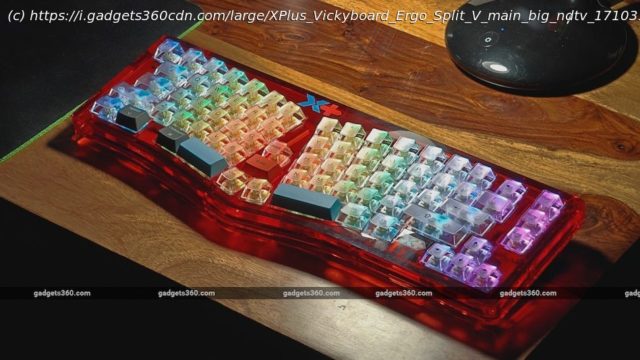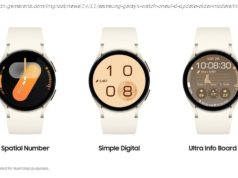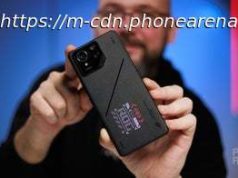Many will find X-Plus VickyBoard Ergo Split-V keyboard’s looks to be highly subjective. While it’s a proper conversation starter (whether or not you are a keyboard enthusiast), it will add to your collection of unique and quirky keyboards. While it brings several ergonomic benefits one needs to keep in mind its rather unique layout is very different from most ergonomic keyboards out there, and so it’s not for everyone solely because it comes with a steep learning curve.
Office ergonomics became a really important factor when everyone started work from home during the pandemic. Even the most careless people I knew invested in laptop risers or stands and wireless mice (along with basic keyboards) to reduce neck strain. And since many of us are still working remotely or from home, we often seek the best possible hardware to make our work lives a lot easier. And this is not just limited to your desk and chair, but extends to what’s on your desk as well. There are several types of ergonomic mice available, and even several regular ergonomic keyboards. Most of these go with a bulge or a wave in the centre with the typical scissor switches and the usual key layout, which does not require one to relearn finger positioning making them quite easy to use and adapt.
And then there’s the world of highly customisable (not to mention expensive) ergonomic mechanical keyboards.
First, there’s the traditional split keyboards with an Alice key layout (Keychron Q8 etc.) which shuffles the keys a bit (has two space bars and B keys on both sides), but packages it into a single-piece keyboard design. This keyboard category also has another sub-category with two physically separated halves (Keychron Q11), letting users spread out the two halves for better ergonomics.
Secondly there’s the whole world of custom-made ortholinear keyboards which are traditional looking keyboards but often have a smaller footprint given their non-staggered key layout aimed at faster typing and less hand movement.
Then, there’s the extreme world of ergonomic and tented split keyboards (Naya Create, ZSA Moonlander etc.), with ortholinear key layouts that aim to deliver the best possible ergonomics, by not just keeping your hands positioned right (or far apart) but also aim to reduce finger movements to a minimal, ensuring an almost injury-free typing experience.
X-Plus, a Hong Kong-based company has come up with the VickyBoard, which merges the Alice key layout from the first category with an ortholinear typing experience of the second category but lays it all out in a unique cross-radial design which is similar but not the same as tented split ergonomic keyboards when they are spread apart. The company claims to get you the best of both worlds with some extra keys thrown in at right places and claims to do minimal damage to your wrists and fingers while typing.
Apart from the way it looks? Is it worth spending all that money on this keyboard? After more than a month of usage, I finally have an answer.
X-Plus’ VickyBoard Ergo Split-V is currently available for purchase on Indiegogo and these are available in four basic case finishes (or series). You have to pick one of the four (Ruby, Sapphire, Onyx and Neon) case colours and go with the keycap options offered with each case there on. According to X-Plus, users are free to select a mechanical switch type of their choice (a selection of Gateron mechanical switches) when choosing a keyboard.
The basic kit which includes the basic key tool, charging and connectivity cable (along with a keyboard of your choice) has an early bird pricing of Rs. 14,903 (excludes shipping and custom duties) and retail price of Rs. 20,688.
The VickyBoard All-Star kit includes a special X-Plus Key a special Switch puller tool, an X-Plus Mat and X-Plus Eva case has an early bird price of Rs. 17,304 (excludes shipping and custom duties) and a retail price of Rs. 27,309. Since all of these accessories are priced at a premium, it’s advisable to go for the latter as it offers better value.
The X-Plus VickyBoard has a top and bottom case made entirely out of CNC-machined acrylic. My Ruby unit with its clear sapphire keycaps looks like nothing else you have probably seen online when browsing for pre-built mechanical keyboards. While the colourways are a bit bright (and highly subjective), I’m a fan of the keyboard’s overall design, solely because of how striking and angular it looks. It’s also quite the conversation starter, meaning whoever you show it too will go “Wow! I want this!” until they take a closer look, examine the oddly placed keys and give it a quick pass.
One of the advantages of a transparent acrylic case (versus an aluminium one) is that it exposes the internals of the keyboard. This basically gives enthusiasts a window into the back of the PCB along with the chips and the wiring. And it sure looks good and interesting when done right. Which is the case with the VickyBoard. Another advantage provided by a transparent acrylic case is the underglow the RGB key lighting provides on your desk mat.






